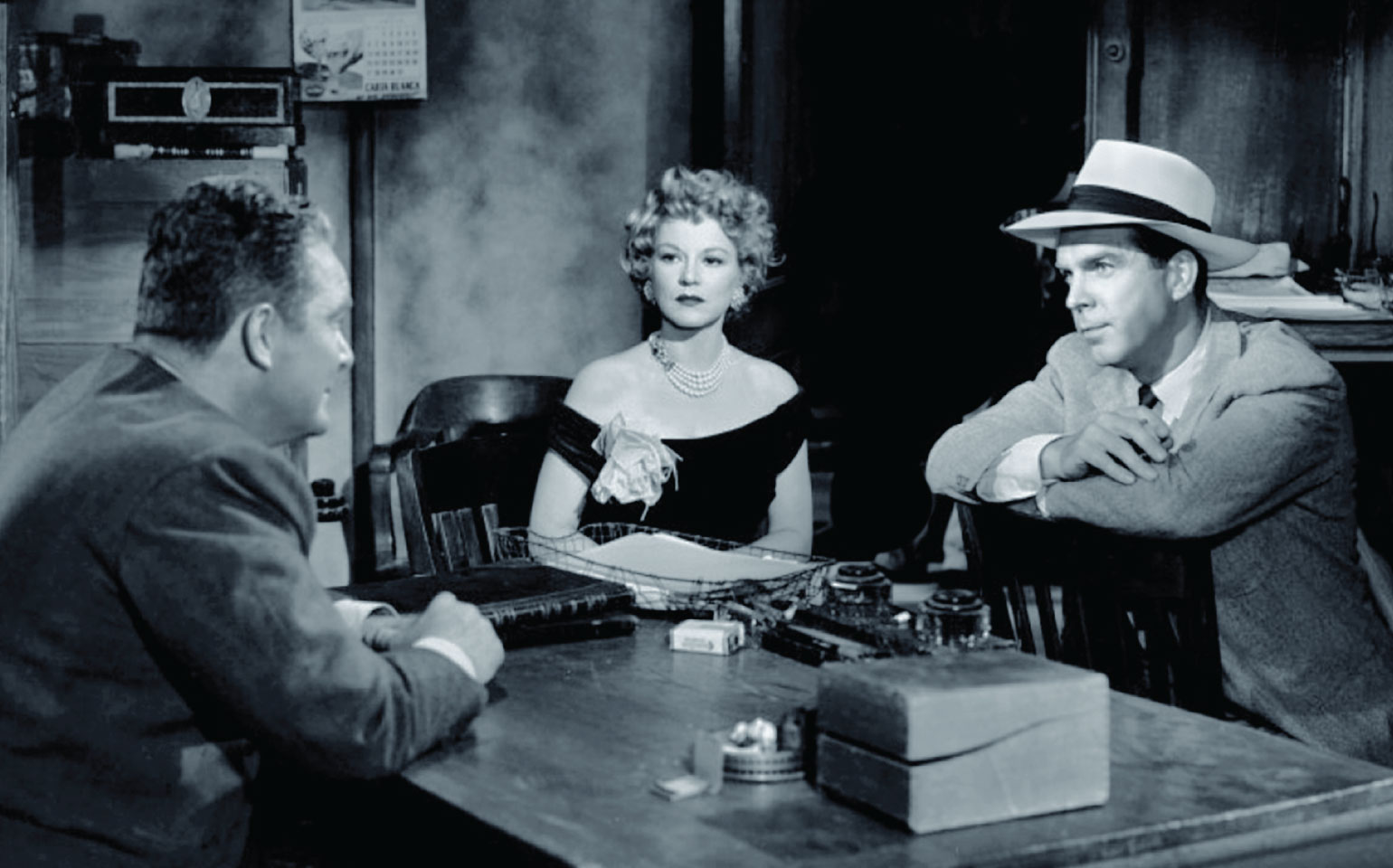Tips for Authentic Consumer Ethnography
Businesses large and small know that understanding end users is critical to successful product innovation. That’s why so many top consumer brands look to qualitative research techniques, like focus groups or ethnography, to complement quantitative (statistical) research tools like surveys and polls. Qualitative research helps businesses paint a richer picture of end user needs, wants, and aspirations. Getting to know some of your end users in the places they live, work, and play, allows you to get an authentic and personal understanding of how they choose and use products. And these insights can lead to meaningful product innovation. But if you want to hear their story, they first need to let you in.
BOLTGROUP designers and ethnographers have been in the field a lot lately, and we’ve experienced some truly enlightening moments. What stands out to me, and what I think will be most helpful to our clients, are the insights connected to authentic stories. But how do you get someone to tell you their story? If you want to hear something authentic and true, you have to make sure you’re asking the right questions.
Show Me
When speaking to consumers, have a conversation in the place they use your products. Environments stimulate memories. It’s remarkable how often we get different answers from the same person, simply by changing locations. Our memories are tied to the environments where they’re formed. The same is true of behaviors. When we physically use products, our brains recall the dozens or thousands of times we have used the product and others like it before. It’s all about context: research has shown that people perform significantly better on recall and recognition when they are asked questions in the correct environmental context.
That’s why our favorite prompt is “show me”. Not just so we can see it done, but so the end users can recall their experiences more vividly. This is why ethnographic research is so valuable—it lets your end users show you their experience.
Don’t be a Know-it-All
As design researchers, we usually know more about how a product is made than the end users we’re talking to. In a lot of cases, we would qualify as experts on the subject. But if you want to learn something from ethnographic research, you have to hang up your expert hat and become a student again. Understand and believe that your end users are the experts and they will tell you their authentic story. You are not there to learn about a product, you are there to learn about their experience with a product, in the context of their lives.
Listen, Pause, and Pay Attention to Cues
I learned this lesson myself after my first time in the field. I was reviewing tapes of an interview I’d had with an interior designer. I cringed when I came to a portion of tape where I missed a subtle hint in her response that I should have followed up on. Instead, I studiously moved on to the next question, changing the topic entirely. Watching the tape, I realized that, even more important than the questions you ask, are the answers you let them tell. Give them the time, compassion, and nonjudgmental space to speak authentically and completely. Listen patiently, have a conversation, follow their leads.
Give end users time and space to tell their stories, and you’ll be amazed at the authentic and meaningful insights and innovation you’ll gain from the process.
